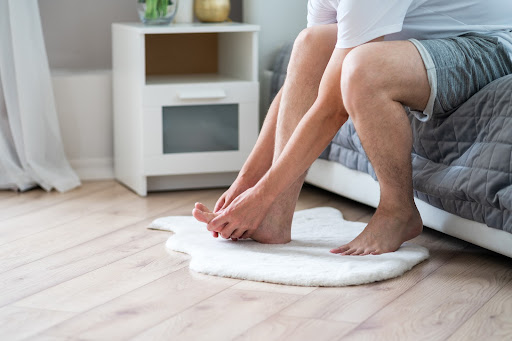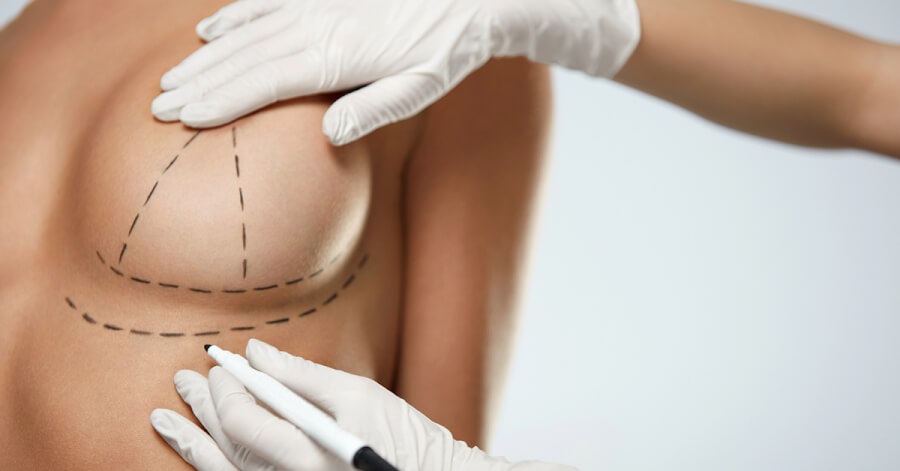Hormone therapy, commonly known as “hormone replacement therapy” or HRT, is a treatment that, is intended to alleviate the frequent symptoms that are associated with menopause. Hormone replacement therapy (HRT) medications include female hormones that are intended to replace those that your body will no longer make after you reach menopause. Hot flashes, bone-loss, dryness in vagina and low estrogen-levels are all treated with hormone replacement therapy. Different people will need different kinds of hormone treatment, and everyone’s dose and risk profile will be different as well.
Depending on your preferences and requirements, there are various different forms of hormone treatment, including the following: Estrogen tablets, Estrogen patches that are put to the skin, Estrogen cream that is either implanted vaginally or used locally around the vaginal area.
- The mode of treatment of women with a uterus and without uterus
Women who have not had a hysterectomy will be given progestin, a synthetic form of progesterone, in addition to estrogen. It reduces the likelihood of uterine cancer by stopping the development of the uterine lining. Systemic hormone therapy and low-dose vaginal preparations are the two most used types of treatment.
Systemic HRT: Hormone replacement treatment that affects the whole body is called systemic hormone therapy. They cure typical menopausal symptoms because they include larger levels of estrogen that the body can absorb.
Low-dose vaginal products: Menopause may induce discomfort in the genitourinary system, and these products help alleviate that discomfort. You may get the bare minimum of estrogen in the form of lotions, pills, or rings.
2. The effects of menopause on the body and HRT
HRT, which restores a woman’s natural estrogen levels, is often effective in treating these issues.Many women who take it throughout menopause report significant improvements in their health, but they often discontinue it after that. Preventing bone loss and fractures are two additional advantages of HRT. It may also help prevent heart disease in women under the age of 60. There may be further advantages, such as safeguarding brain health and enhancing skin and hair, but there is no data to support these claims at this time.
- Which way do I take it?
According to the UK’s healthcare authority (NICE), the number of women using HRT in Weston for menopausal symptoms medication is increasing. Pills, patches, gels, and even rings are just some of the forms it may take. Estrogen is the main component, although combined HRT—in which estrogen and a synthetic form of progesterone are administered together—is quite popular. Since oestrogen alone may occasionally raise the risk of womb cancer, supplementing with progesterone helps preserve the uterine lining.
Each individual’s symptoms and way of life will dictate which kind of HRT is most effective for them. In most cases, the minimum effective dosage is used initially.
- Which HRT should I use?
While most HRT medications are systemic, therapies like Gina 10 are administered vaginally to alleviate vaginal problems. While this helps reduce side effects like hot flashes, it also means less oestrogen is absorbed by the body overall.
- How long until I see results?
Full benefits may not be experienced for up to three months, and individuals may need adjustments to their dosage or choice of HRT. When initially experiencing menopausal symptoms, most experts advise beginning HRT. Although there is inconclusive and limited data to support commencing it beyond the age of 60, some women report that it provides them with relief from chronic problems. There is no time restriction placed on how long you may remain under its influence. Although there are those who advocate for using HRT for a very long time, the Medicines and Healthcare products Regulatory Agency in the UK advises only using it at the lowest possible dosage and for the shortest possible period of time.
- Are there risks?
HRT’s advantages exceed its dangers, despite unfavorable coverage. Two early 2000s investigations found HRT had more negative than positive effects. This caused widespread attention and decreased HRT usage. Despite growing proof that the therapy works, others remain skeptical. Some HRT increases cancer risk somewhat. For instance, combined HRT may slightly raise breast cancer risk. It’s less risky than drinking more than two units a day or being overweight, according to the British Menopause Society. The danger decreases when the drug is discontinued. A blood clot is a modest risk with HRT. This also depends on smoking, weight, and age. HRT skin patches or gels are safer than pills. Blood clots are less likely than with the contraceptive pill or pregnancy.
- Reducing risk
HRT therapy is not one-size-fits-all. Your hormone treatment will be based on your health and lifestyle. Discuss these hormone treatment issues with your doctor, Choose your preferred HRT technique (pills, patches, creams, etc.). Take the lowest HRT dosage for the shortest time. Keep in touch with your doctor to ensure your therapy is working. Maintain a healthy lifestyle with exercise, nutrition, no smoking, restricted drinking, and stress management.
- Any negative reactions?
Many side effects diminish after three months of using the drug. Such as sensitive breasts, headaches, Common indications: nausea, abdominal pain, stomachache, vaginal bleeding.
- Who ought to avoid HRT?
It may not be suitable for patients with breast, womb, or ovarian cancer, uncontrolled high blood pressure, blood-clots, liver illness, or pregnancy.
- What additional things can I try?
Regular exercise improves mood, sleep, A healthy diet, avoiding alcoholic beverages, caffeine, foods that are spicy, and nicotine may minimize hot flushes. Tennis, hiking, and rigorous walking build bones. Tibolone, an oestrogen-progesterone analogue, and antidepressants may assist. a doctor or pharmacist before taking menopause supplements. It may be uncontrolled and have different parts.







